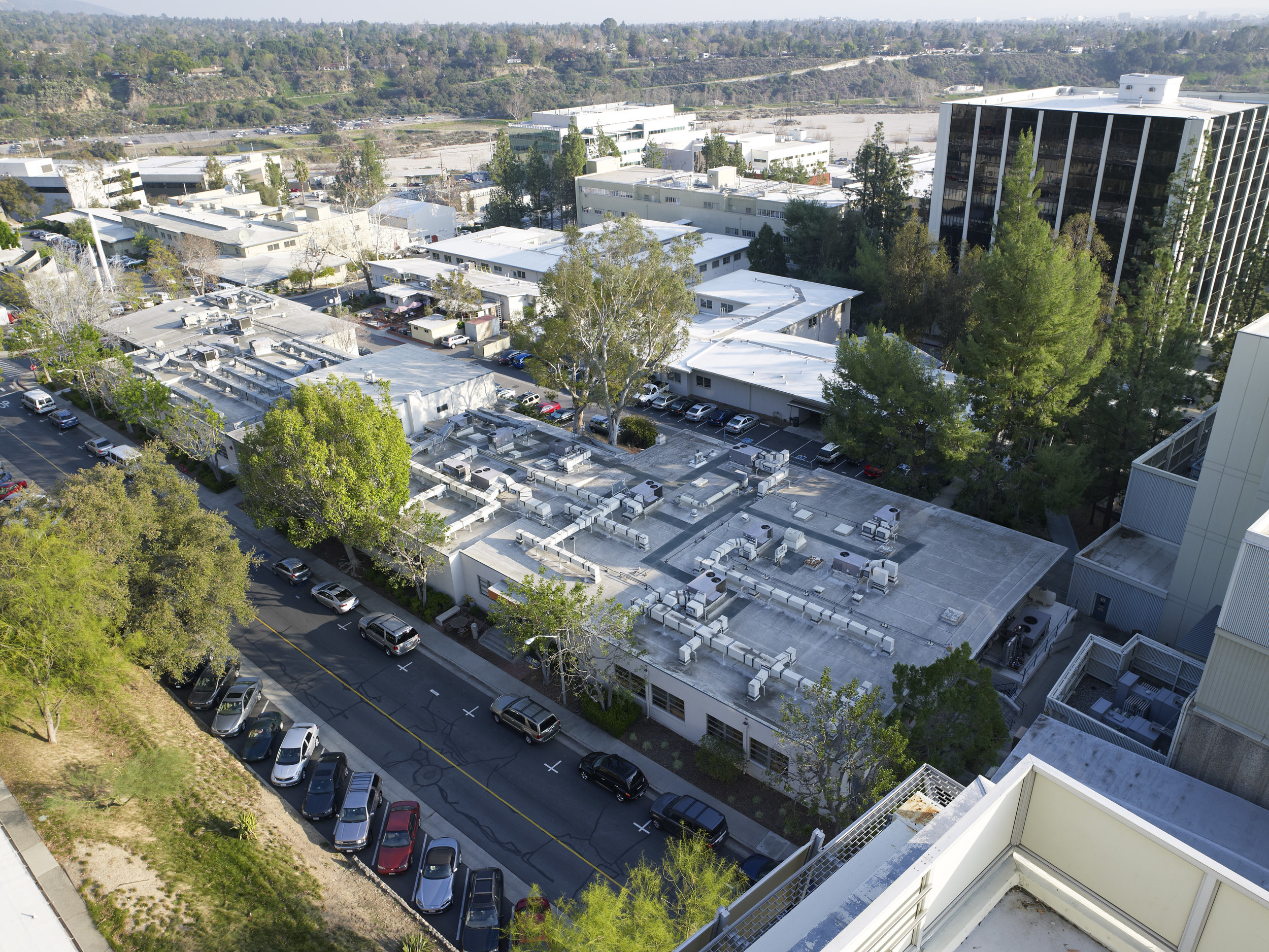NASA Jet Propulsion Laboratory - Phase II
Pasadena, CA
Retrofit of 128 Buildings on the Laboratory’s Campus With Expected Energy Savings of More Than 23.9 Billion BTU and $725,000 Annually




A Closer Look //
Engineering NASA to be More Energy Efficient, Again
After the completion of CEG’s first ESPC project at NASA’s Jet Propulsion Laboratory (JPL) in 2012, NASA awarded CEG a $25.7MM contract for a second ESPC project at the laboratory. The project’s scope includes renewable energy, water conservation, and energy efficiency measures and involved upgrades to 128 buildings that housed data centers, laboratories, offices, command facilities, support services, cafeterias, shops, and testing facilities. Although NASA had previously performed a wide range of upgrades to its energy-consuming systems on campus, the measures that have been installed as part of CEG’s Phase II project are expected to reduce water consumption by 18 million gallons per year (24%), electricity consumption by 5.6 million kWh per year (5.6%), and total energy consumption by 23.9 Billion Btu per year (5.1%). Construction is expected to be completed in March 2015.
CEG took a comprehensive approach to the project and identified a wide array of ECMs to drive deeper savings and improve overall building performance. CEG upgraded building controls, implemented VFDs on pumps, replaced chillers, replaced inefficient light fixtures in areas requiring extensive containment of asbestos, upgraded irrigation across the entire 177-acre campus, improved the building envelope in over 100 buildings, retrofit domestic water fixtures, reduced electric load, and implemented mechanical upgrades to major central plants. The project was later expanded to include the installation of a 273 kW rooftop solar PV system. The project required CEG to perform upgrades to MEP systems serving mission critical data centers and laboratories. In some cases, CEG worked closely with JPL staff to provide backup temporary chillers and generators in situations where temporary disruptions or plant outages would have disrupted critical operations.
